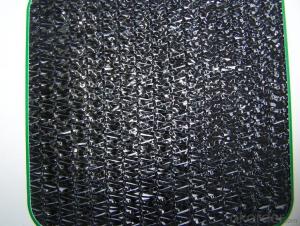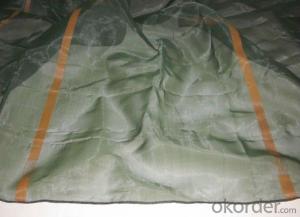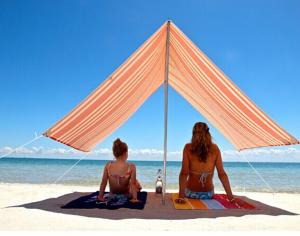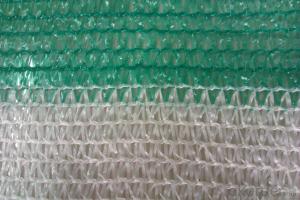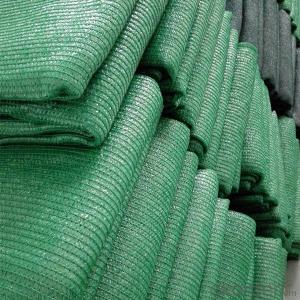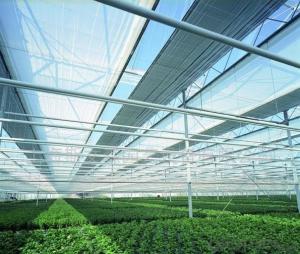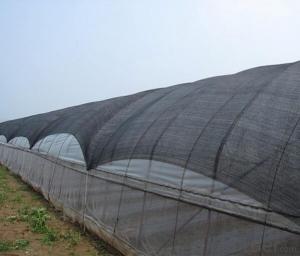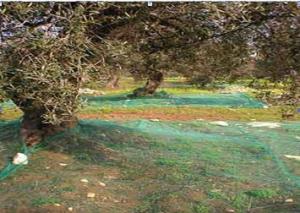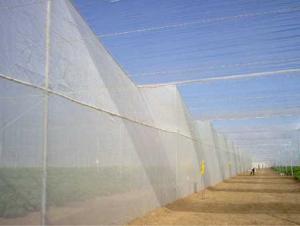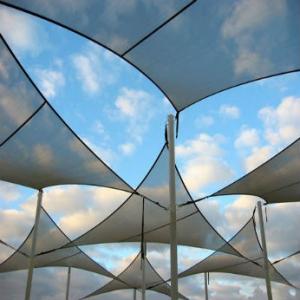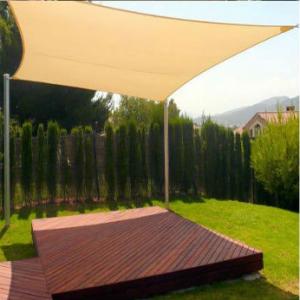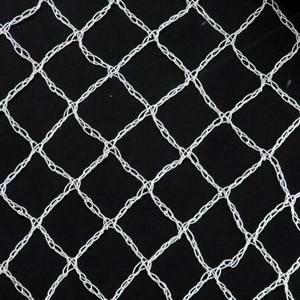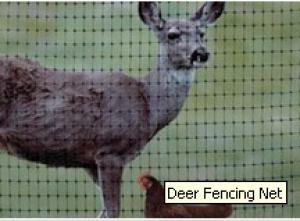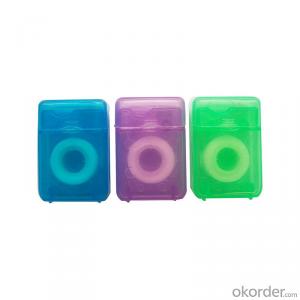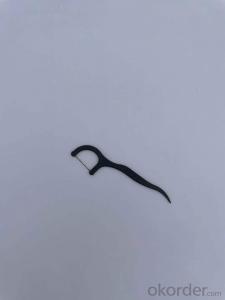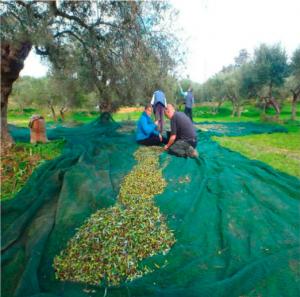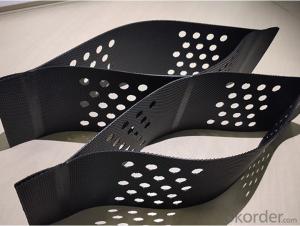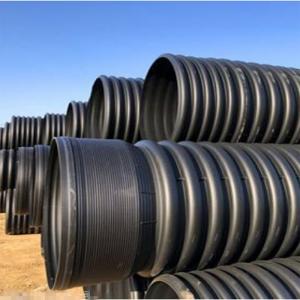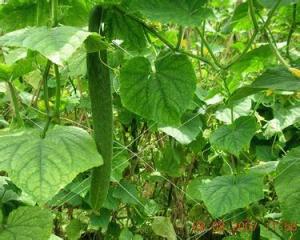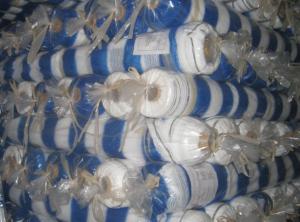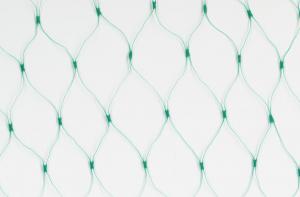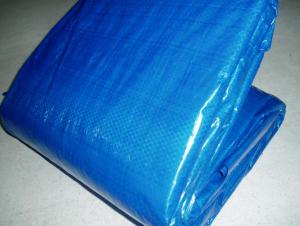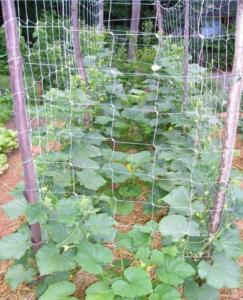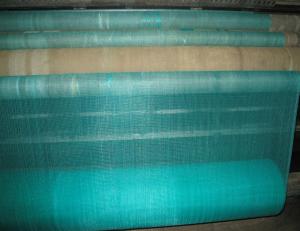Thermal screen Plastic shade net for greenhouse
- Loading Port:
- Shanghai
- Payment Terms:
- TT OR LC
- Min Order Qty:
- 1000 m²
- Supply Capability:
- 3000000 m²/month
OKorder Service Pledge
OKorder Financial Service
You Might Also Like
Alum. Plastic Shading Net 50%Shading 52%Energying Saving, Close Type
Thermal Screen Net
Thermal Screen for Energy Saving (CNBMIE52)
Thermal Screen for Greenouse Using
Energy Saving Aluminium Shade Net
. Greenhouse Shading Net
Products | Usage | Number | Shading Factor | Energy Saving |
Aluminum Foil Shading Screen | Outer use for greenhouse | CNBMF50 | 50% | 0% |
Aluminum Foil Shading Screen | Outer use for greenhouse | CNBMF65 | 65% | 0% |
Aluminum Foil Shading Screen | Outer use for greenhouse | CNBMF75 | 75% | 0% |
Aluminum Foil Shading Screen | Outer use for greenhouse | CNBMF80 | 80% | 0% |
Aluminum foil energy saving | Inner for shading | CNBMIS25 | 50% | 25% |
Aluminum foil energy saving | Inner for shading | CNBMIS35 | 65% | 35% |
Aluminum foil energy saving | Inner for shading | CNBMIS40 | 75% | 40% |
Aluminum foil energy saving | Inner for shading | CNBMIS45 | 80% | 45% |
Aluminum foil energy saving | Inner for shading | CNBMIS49 | 90% | 49% |
Aluminum foil energy saving | inner for energy saving | CNBMIE52 | 50% | 52% |
Aluminum foil energy saving | inner for energy saving | CNBMIE62 | 65% | 62% |
Aluminum foil energy saving | inner for energy saving | CNBMIE67 | 75% | 67% |
Aluminum foil energy saving | inner for energy saving | CNBMIE72 | 80% | 72% |
Aluminum foil energy saving | inner for energy saving | CNBMIE75 | 90% | 75% |
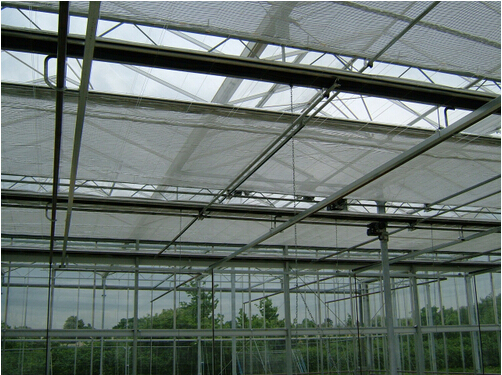
- Q:Can plastic nets be used for creating sports equipment?
- Yes, plastic nets can be used for creating sports equipment. They are commonly used in various sports such as soccer, tennis, and volleyball to create goals, nets, and court barriers. Plastic nets offer durability, flexibility, and are resistant to weather conditions, making them suitable for outdoor sports.
- Q:How do plastic nets provide protection against pests?
- Plastic nets provide protection against pests by acting as a physical barrier that prevents pests such as insects, birds, and small animals from accessing and damaging crops or other vulnerable areas. The fine mesh of the netting is designed to keep pests out while allowing air and sunlight to pass through, ensuring proper ventilation and growth of the protected plants. Additionally, plastic nets are durable and resistant to weather conditions, making them an effective long-term solution for pest control in agricultural and gardening practices.
- Q:Are plastic nets resistant to chemical exposure?
- Yes, plastic nets are generally resistant to chemical exposure.
- Q:Are plastic nets suitable for use in poultry enclosures?
- Plastic nets can be suitable for use in poultry enclosures depending on specific needs and considerations. They are lightweight, durable, and can effectively keep poultry contained within the enclosure. However, it is important to ensure that the plastic netting used is strong enough to withstand the pecking and scratching behavior of the birds. Additionally, proper installation and regular maintenance are necessary to prevent any potential hazards or escape routes. Overall, plastic nets can be a viable option for poultry enclosures, but it is crucial to evaluate their suitability based on the specific requirements of the poultry and the desired level of protection.
- Q:How do plastic nets help in controlling insect infestation?
- Plastic nets act as a physical barrier that prevents insects from gaining access to plants or crops, therefore helping to control insect infestation. The nets create a protective barrier around the plants, blocking the entry of insects and reducing their ability to lay eggs or feed on the plants. This helps to minimize damage caused by pests and ultimately contributes to better crop yield and quality.
- Q:Are plastic nets commonly used in aquaponics?
- Yes, plastic nets are commonly used in aquaponics systems. These nets are typically used to support plants and provide a structure for the roots to grow upon. They are durable, lightweight, and resistant to water, making them an ideal choice for aquaponics setups. Additionally, the open design of the nets allows for easy water flow and nutrient circulation, promoting healthy plant growth.
- Q:How do plastic nets affect the recycling process?
- Plastic nets can have a negative impact on the recycling process as they can get tangled in sorting machinery, causing breakdowns and delays. They also contaminate the recycling stream, making it difficult to separate and process different types of plastics effectively. This can result in lower quality recycled materials and decreased efficiency in the recycling process.
- Q:Can plastic nets be used for packaging cleaning products?
- Yes, plastic nets can be used for packaging cleaning products. They provide a durable and cost-effective solution for holding and protecting various cleaning items, such as sponges, brushes, and scrub pads. The netting allows for easy visibility and access to the products while preventing them from getting damaged or contaminated.
- Q:Are plastic nets suitable for aquaculture?
- Yes, plastic nets are suitable for aquaculture. They are commonly used in fish farming to create cages or enclosures for fish, providing a secure and controlled environment. Plastic nets are durable, resistant to corrosion, and can be customized to suit the specific needs of different aquaculture operations. Additionally, they allow for proper water circulation and waste removal, while also protecting the fish from predators.
- Q:Are plastic nets easy to install?
- Yes, plastic nets are generally easy to install. They are lightweight, flexible, and often come with clear instructions or guidelines for installation. Most plastic nets can be easily secured using hooks, ties, or clips to attach them to fences, poles, or other structures.
1. Manufacturer Overview |
|
|---|---|
| Location | |
| Year Established | |
| Annual Output Value | |
| Main Markets | |
| Company Certifications | |
2. Manufacturer Certificates |
|
|---|---|
| a) Certification Name | |
| Range | |
| Reference | |
| Validity Period | |
3. Manufacturer Capability |
|
|---|---|
| a)Trade Capacity | |
| Nearest Port | |
| Export Percentage | |
| No.of Employees in Trade Department | |
| Language Spoken: | |
| b)Factory Information | |
| Factory Size: | |
| No. of Production Lines | |
| Contract Manufacturing | |
| Product Price Range | |
Send your message to us
Thermal screen Plastic shade net for greenhouse
- Loading Port:
- Shanghai
- Payment Terms:
- TT OR LC
- Min Order Qty:
- 1000 m²
- Supply Capability:
- 3000000 m²/month
OKorder Service Pledge
OKorder Financial Service
Similar products
New products
Hot products
Hot Searches
Related keywords
